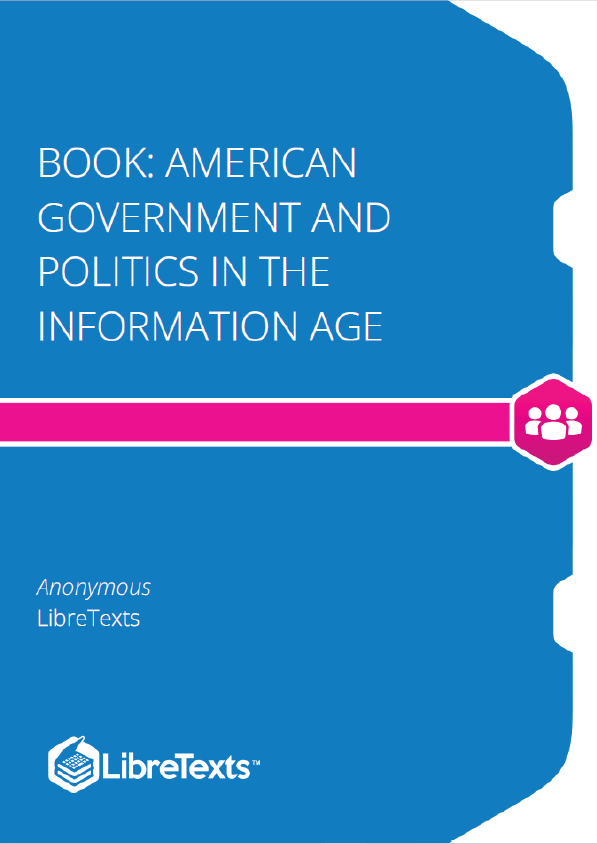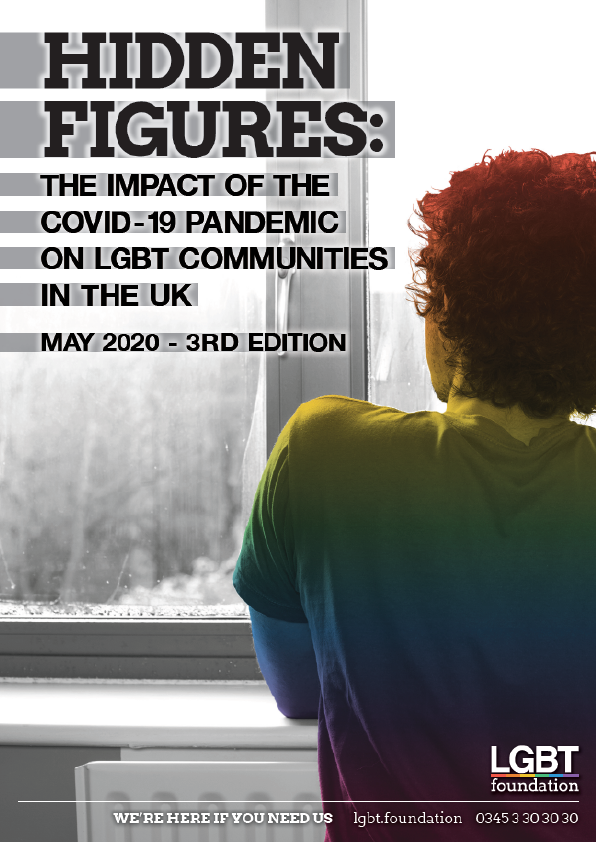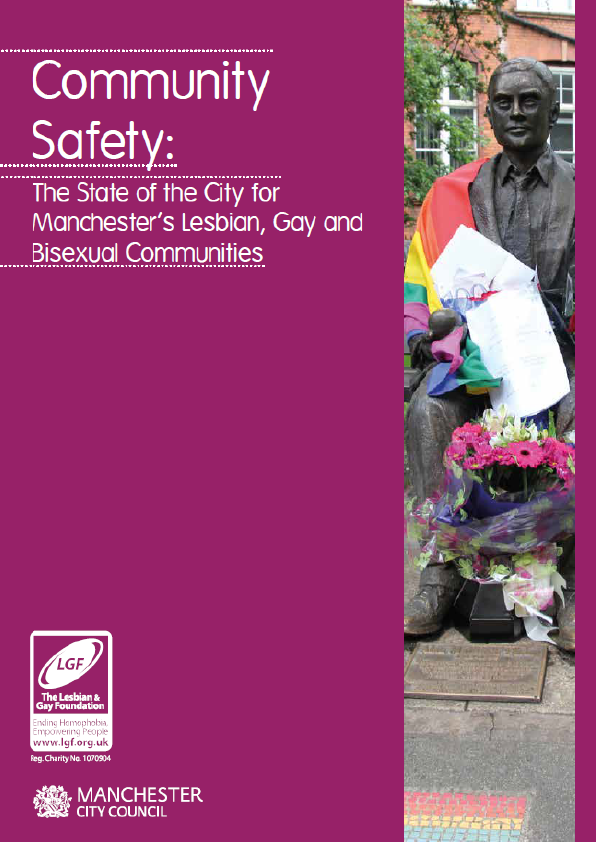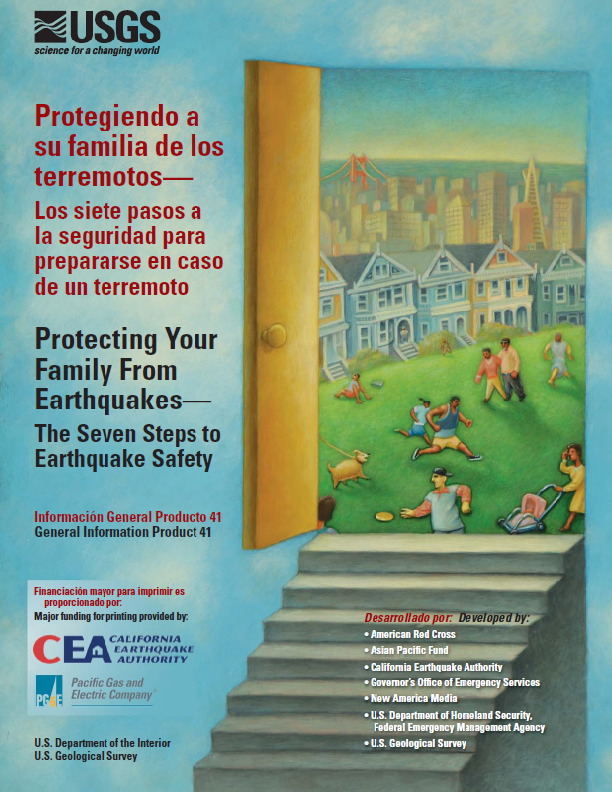This text is a comprehensive introduction to the vital subject of American government and politics. Governments decide who gets what, when, how; they make policies and pass laws that are binding on all a society’s members; they decide about taxation and spending, benefits and costs, even life and death.
Governments possess power—the ability to gain compliance and to get people under their jurisdiction to obey them—and they may exercise their power by using the police and military to enforce their decisions. However, power need not involve the exercise of force or compulsion; people often obey because they think it is in their interest to do so, they have no reason to disobey, or they fear punishment. Above all, people obey their government because it has authority; its power is seen by people as rightfully held, as legitimate. People can grant their government legitimacy because they have been socialized to do so; because there are processes, such as elections, that enable them to choose and change their rulers; and because they believe that their governing institutions operate justly.
Politics is the process by which leaders are selected and policy decisions are made and executed. It involves people and groups, both inside and outside of government, engaged in deliberation and debate, disagreement and conflict, cooperation and consensus, and power struggles.
In covering American government and politics, our text introduces the intricacies of the Constitution, the complexities of federalism, the meanings of civil liberties, and the conflicts over civil rights; explains how people are socialized to politics, acquire and express opinions, and participate in political life; describes interest groups, political parties, and elections—the intermediaries that link people to government and politics; details the branches of government and how they operate; and shows how policies are made and affect people’s lives.
Communication is a central activity of everyone engaged in politics—people asserting, arguing, deliberating, and contacting public officials; candidates seeking to win votes; lobbyists pressuring policymakers; presidents appealing to the public, cajoling Congress, addressing the leaders and people of other countries. All this communication sparks more communication, actions, and reactions.
What people communicate is information about subjects and events, people and processes. It can be true or false, fiction or nonfiction, believable or not. We define it broadly to encompass entertainment, news, opinion, and commentary.
The bulk of information that Americans obtain about politics and government comes through the mass and new media. Mass media are well-established communication formats, such as newspapers and magazines, network television and radio stations, designed to reach large audiences. Mass media also encompass entertainment fare, such as studio films, best-selling books, and hit music.
New media are forms of electronic communication made possible by computer and digital technologies. They include the Internet, the World Wide Web, digital video cameras, cellular telephones, and cable and satellite television and radio. They enable quick, interactive, targeted, and potentially democratic communication, such as social media, blogs, podcasts, websites, wikis, instant messaging, and e-mail.











